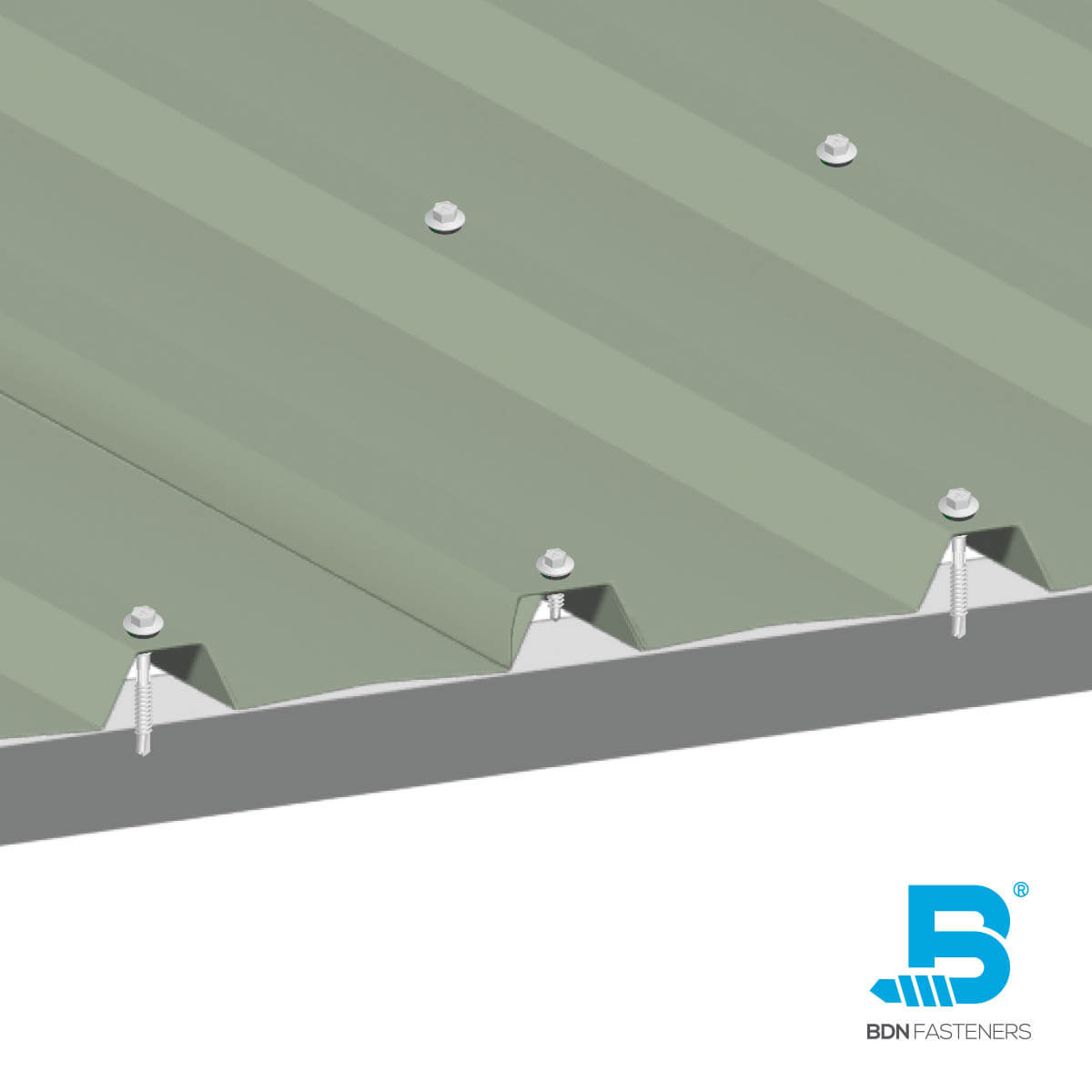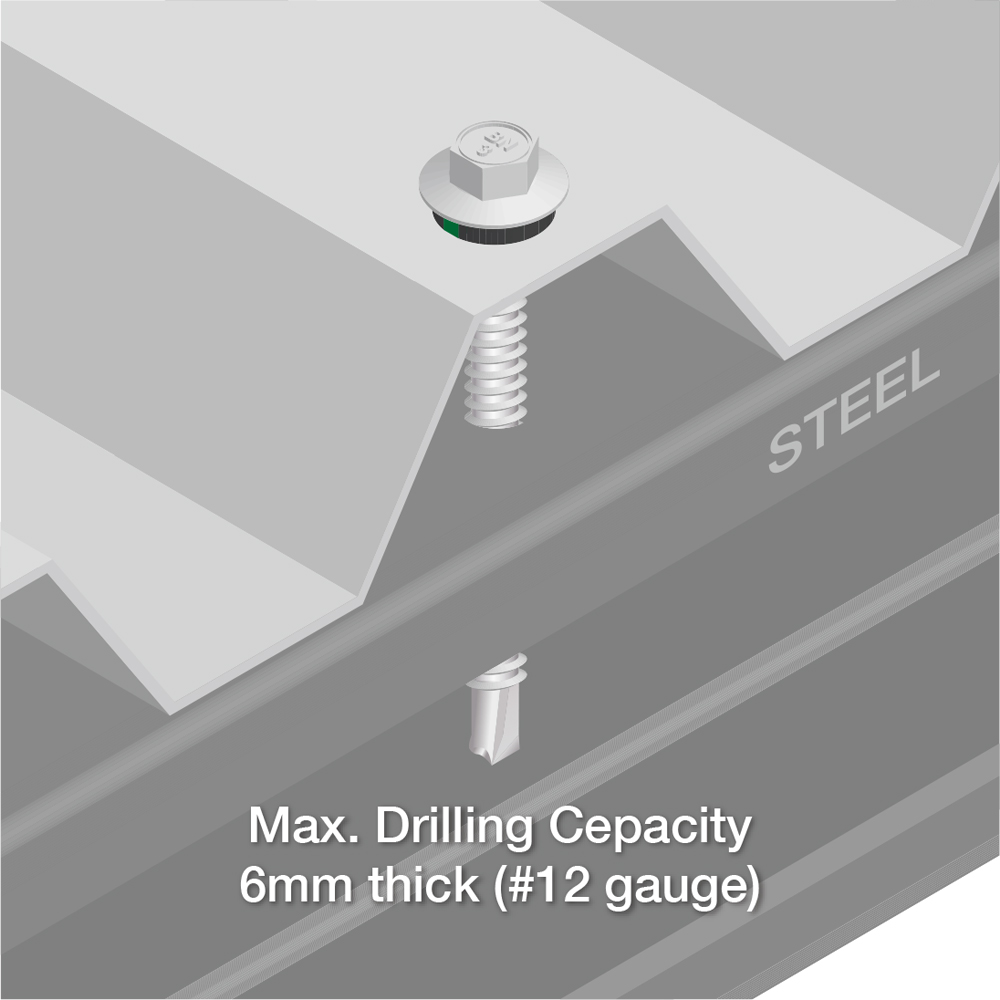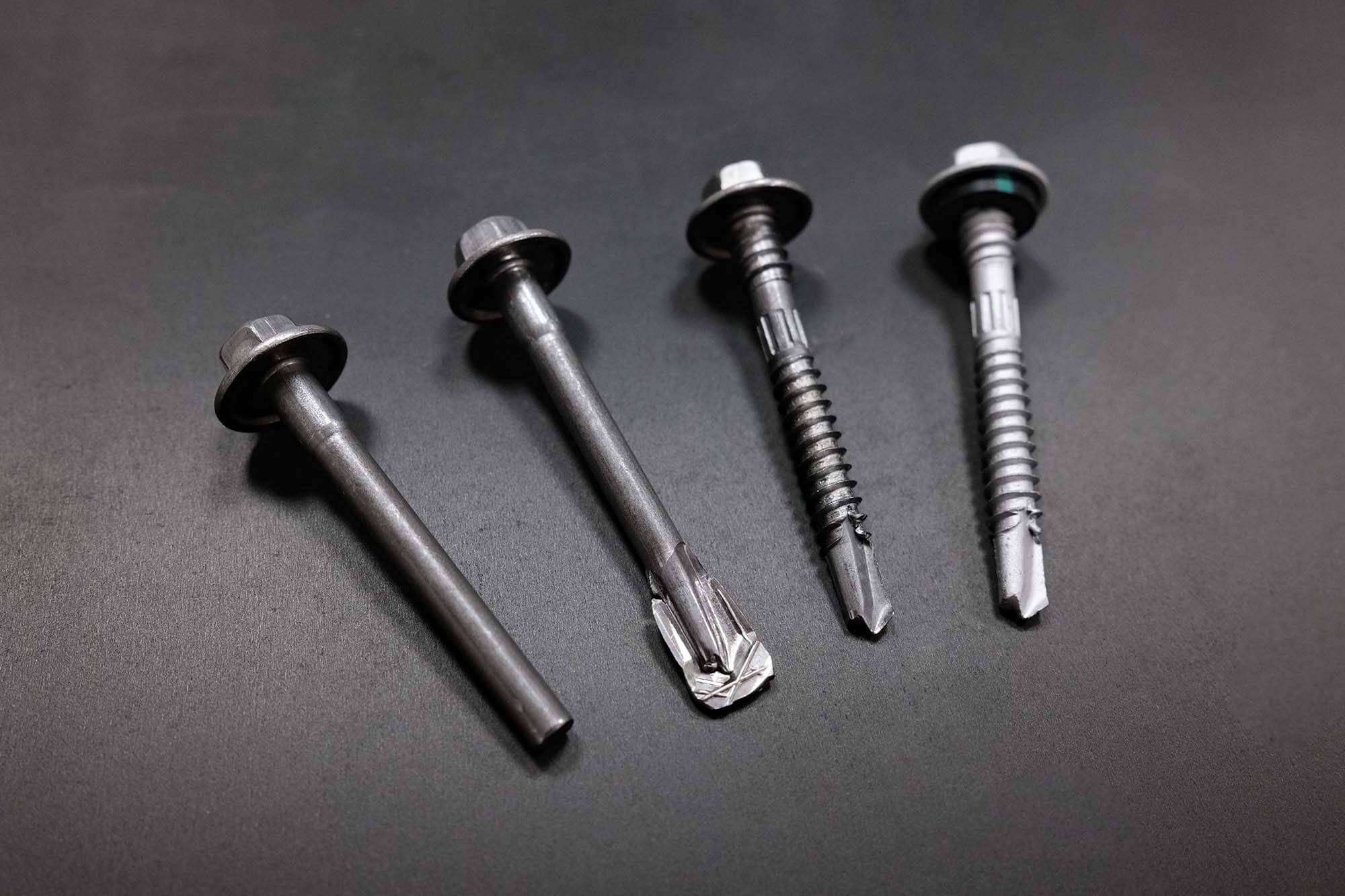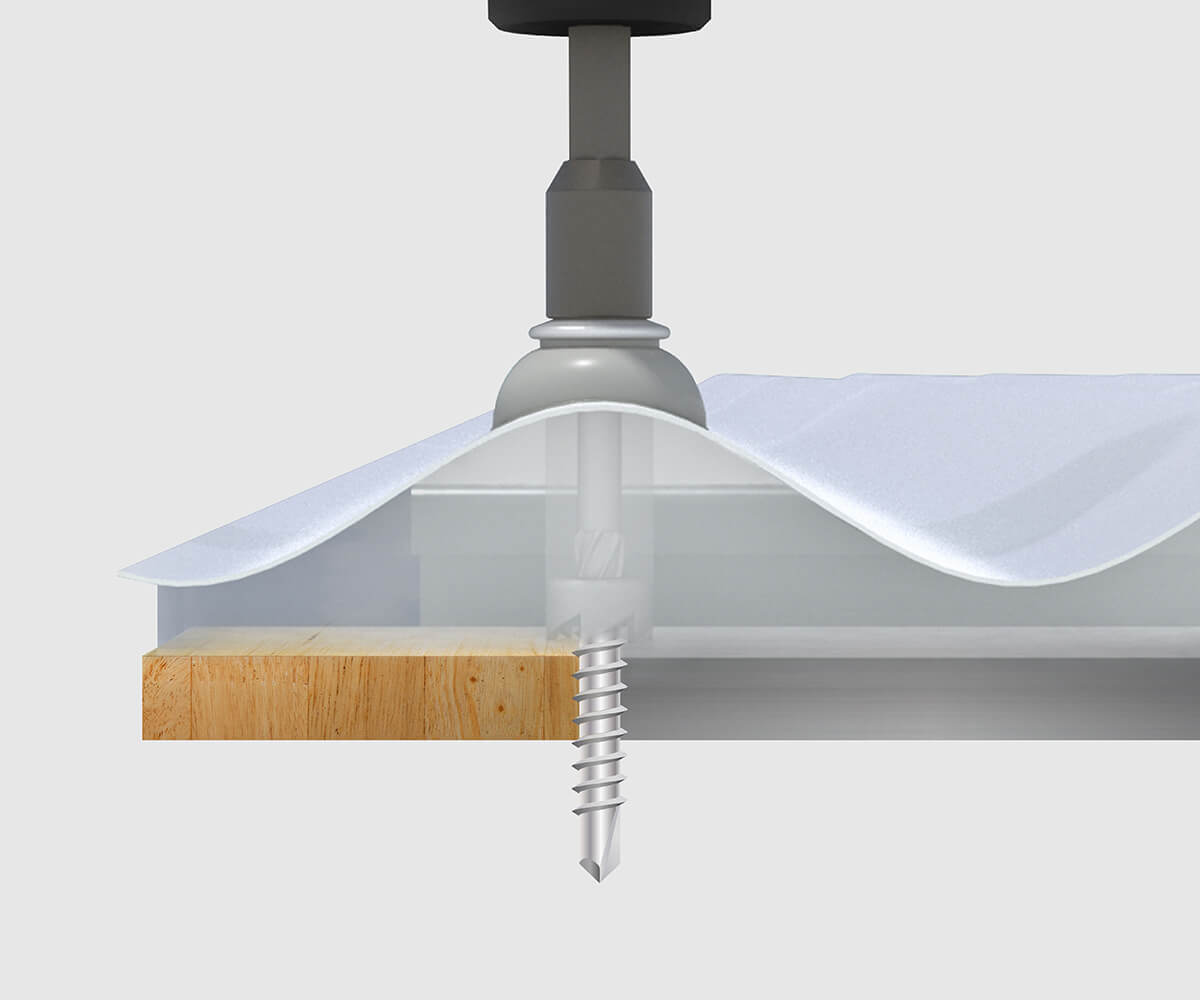Where to Place Screws on Metal Roofing? 3 Screw Positions
Why It’s Important to Correctly Place Screws on Metal Roofing?
With all types of metal roofing sheet profiles on the market, determining where to place screws on metal roofing can be a complex task, posing challenges for both professionals and laymen alike.
This is an important topic because it directly relates to the type of screw required, and if done incorrectly, could result in a weak, leaky roof that might come loose over time, and exposed to danger. A reputable roofing sheet manufacturer or dealer should be able to offer a detailed fastening schedule for each metal roofing sheet profile for the installer, though keep in mind that any installation schedule provided by the metal roofing sheet manufacturer are normally industry standards intended to be used an aid and does not depict all situations one may encounter. It is the responsibility of the installer, owner and designer to take in consideration the Fit for Purpose, Building use, Climate conditions such as temperature, snow, wind, and moisture, Governing Building Codes, and Maintenance.
Proper Screw Placement on Roofing Sheets
Metal roofing sheets can be used on roofing applications as well as wall sidings.
On metal roofing sheets, screws should always be installed on the crest corrugation or on the ribs. This rule of thumb goes the same no matter what roofing sheet material is used, metal or plastic. We all know that because of gravity, water and debris will always attempt to go the lowest point, so if the fastener is placed on the valley or lowest point, it will obstruct the flow of water and debris on their way to the gutter. If by chance the screws are improperly installed, the chance of leakage will definitely increase.
3 Positions for Screw Placement in Roofing Sheets
Since there are so many different types of roofing on the market, it will be much simpler to break it down into 3 screw positions:
Position 1: middle/internal purlins
Position 2: external purlins
Position 3: overlapping areas
Just as an example, for metal roofing sheets with continuous corrugations of the same pitch and depth, screws on the middle/internal purlins, end/external purlins and overlaps are normally placed as follows.
Where to Place Screws on Metal Roofing in Different Wind Zones?
There is also a slight difference between the fixing schedule in mild wind areas and high wind areas. As we delve further into this topic, you’ll gain the insights needed to ensure your metal roofing can withstand the forces of nature and stand the test of time.
Mild wind areas:
End/External purlins – Fasteners are normally placed on the crown/crest corrugation of every other rib in the horizontal direction.
Middle/Internal Purlins – Fasteners are normally placed on the crown/crest corrugation of every second rib in the horizontal direction, and spaced evenly along the length of the rafter.
Overlaps – Overlapping areas have to be fixed down and also spaced evenly on the length of the sheet.
High wind areas:
End/External purlins – Fasteners are normally placed on the crown/crest corrugation of every rib in the horizontal direction.
Middle/Internal Purlins – Fasteners are normally placed on the crown/crest corrugation of every other rib in the horizontal direction, and spaced evenly along the length of the rafter. The spacing between every screw may be halved compared to mild wind area fastening for added strength.
Overlaps – High wind areas usually require overlapping two corrugations, on which both crests have to be fastened, and also along the length of both corrugation crests, spaced evenly along the length of the sheet.
For more information on where to place screws on metal roofing, please contact your local metal roofing sheet supplier or metal roofing sheet manufacturer.
If you have inquiries about the specific screws needed for your metal roofing sheets, don’t hesitate to get in touch with us via email or phone. We’re here to assist you with the information and guidance you require.







